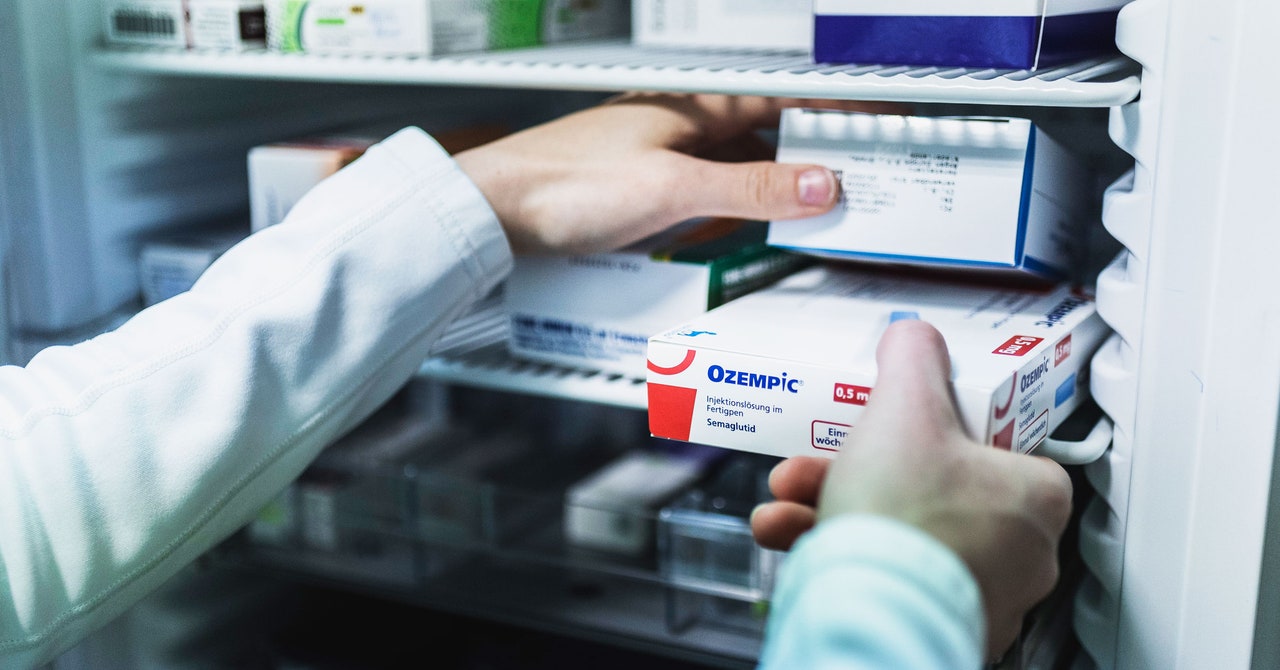
That pig pancreas study was published in 1988. Were drug companies paying much attention then?
Holst: I have always had friendly relationships with [Ozempic and Wegovy manufacturer] Novo Nordisk. It’s in Denmark, just up the street, and we were interested in the same things, so I kept telling them about what we were doing.
They were obviously interested in anything that could stimulate insulin secretion, but I must say that when we showed Novo Nordisk that [a different but related hormone] does not stimulate insulin secretion in people with diabetes, they withdrew some research support we had received because they said it wouldn’t work.
This is true. This is what happened. They were listening politely, but they weren’t really interested.
But by the early 1990 things started to change?
Holst: The real turning point was a study by Michael Nauck in 1993. We worked together, and we finally infused GLP-1 into people with type 2 diabetes and could show that the blood glucose came to completely normal levels in four hours, while insulin was stimulated and glucagon was inhibited. This demonstrated to everybody that this was really doing something in people with type 2 diabetes, completely unlike other hormones.
At that point, did you have a sense of how much potential these drugs might have, for treating obesity as well as diabetes?
Holst: We were finding these things out step by step. First, it was stimulating insulin secretion. That’s interesting but not really exciting. Then it’s stimulating glucagon secretion—that’s more interesting, put that on top. Then it’s also inhibiting the GI tract and gastric emptying.
Then we find out it’s inhibiting food intake as well. Wow, amazing. Amazing. It’s building up on top of each other all the time.
Joel Habener: We thought this might be a potential treatment for diabetes, type 2 diabetes. But we and others were finding with treating human subjects with GLP-1 in the very early days that you had to be very careful to keep the dose low, because many patients felt ill when they were eating. They were supposed to eat a meal, and then within 30 minutes we’d measure the blood insulin to check how effective it was.
Many of the subjects noted they were unable to finish their meal. It was messing up the experimental protocol because they were getting full and feeling nauseated and saying they didn’t want to eat any more food. Today, we’re between 10 to 15 percent of adults in the world who have a BMI at or above 30; in the US it’s around 40 percent. And obesity is clearly a very serious metabolic disease.
And that means a huge number of people will meet the FDA’s requirements for Wegovy treatment. Some projections put the future value of obesity drugs at $100 billion annually. Did you ever suspect that your work on GLP-1 could make you rich?
Holst: I’m so old, you know! I’m from ’68 and all of that; I was walking around in the street with signs saying: “Research for the people, not for the profit.” We didn’t even think of patenting or getting money out of this or anything. We were interested in publishing, doing something and moving this ahead.

